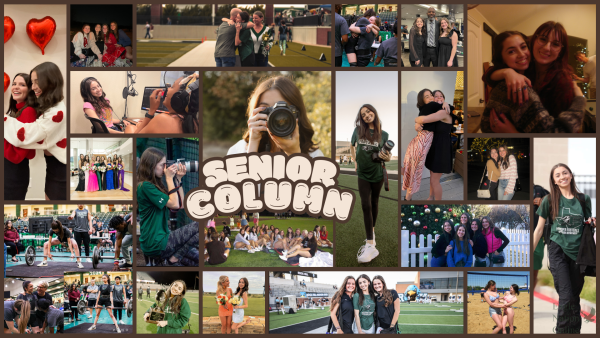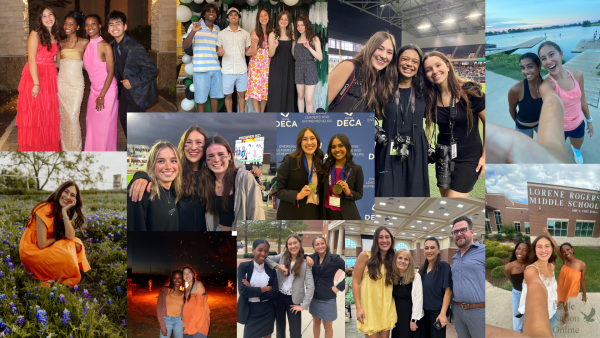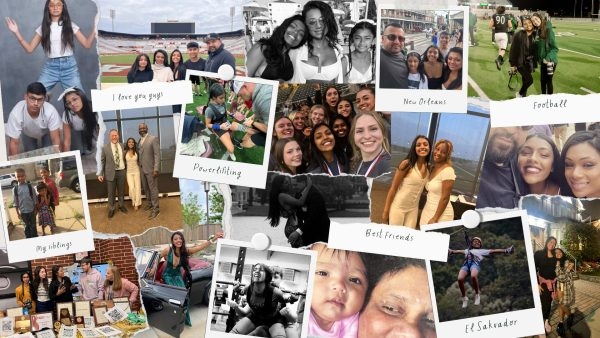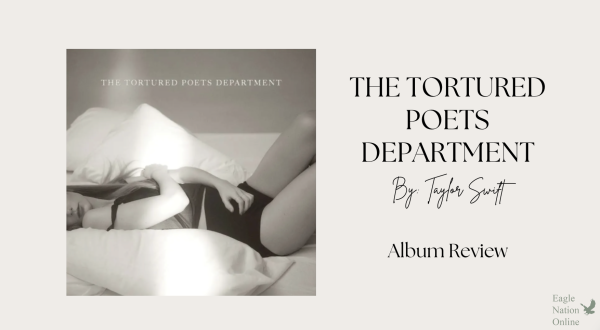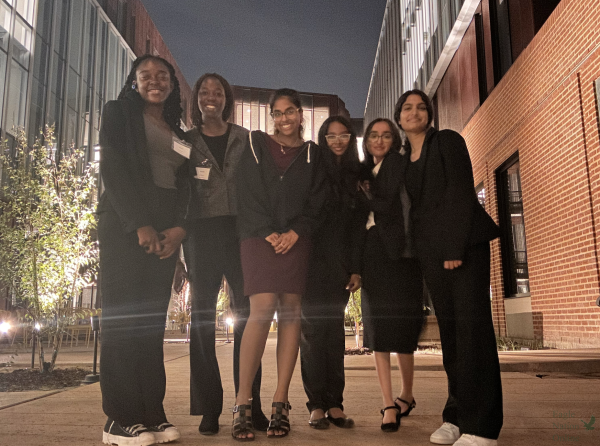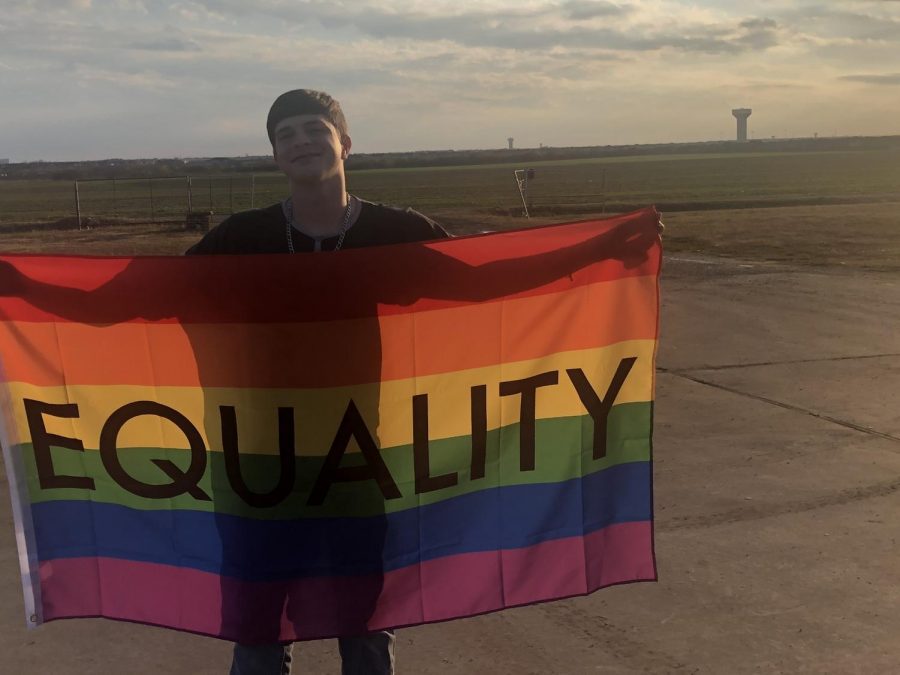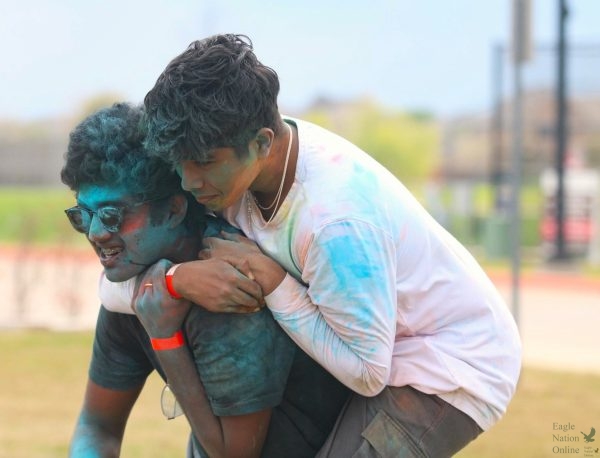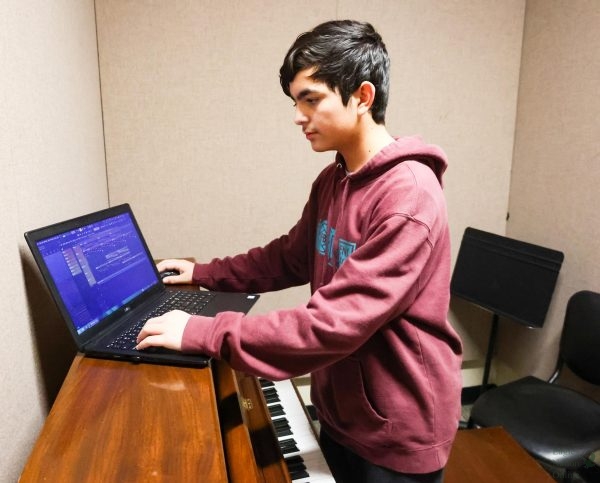Column: LGBTQ+ representation in media builds identities, community
Sophomore Taylor Holcomb stands with his equality pride flag at his home. This column discusses how the media impacts LGBTQ+ viewers. “LGBTQ+ representation means a lot to me,” Holcomb said, “It’s helped me to come out and be proud of who I am.”
With the recent announcement of Elliot Page coming out as transgender and, specifically, nonbinary, new attention has been brought to the lesbian, gay, bisexual, transgender and queer (LGBTQ+) community.
A community of people recognized ever since (and even before) the Stonewall Riots in 1969. A community that has faced a lot of oppression in a world where white, cisgender, heterosexual males are the norm, and LGBTQ+ people are not welcomed in the slightest.
A community I consider myself a strong ally to, as well.
The general view of queer people within the last decade has become increasingly positive. Especially after the Supreme Court legalized same sex marriage in all 50 states on June 26, 2015. Ever since, and even before then, television shows and cartoons have slowly started to show queer relationships in their main and supporting cast. Shows like “Voltron: Legendary Defender,” “She-Ra and the Princesses of Power,” “Kipo and the Age of Wonderbeasts,” “The Dragon Prince,” “Steven Universe,” “I Am Not Okay With This” and “Stranger Things” have placed explicitly queer characters at the forefront of their cast which makes people, especially teenagers, who have felt like outcasts have a fortified place of representation in TV shows. These characters bring a sense of comfort to queer teens who have yet to see themselves reflected in mainstream media. They bring awareness and validation to kids who may be questioning whether or not they are LGBT+. Either way, representation in these shows — and all shows — matter.
What helps boost TV shows with queer characters, and what helps portray them more accurately is when they are written by people who are queer. Like Rebecca Sugar, the writer for “Steven Universe,” who is bisexual and nonbinary, –the writer and showrunner of the “She-Ra” reboot Noelle Stevenson who is nonbinary, uses all pronouns and has married fellow queer artist Molly Ostertag. Aside from TV shows, there are many actors and musicians who are open about their identity like the aforementioned Elliot Page, as well as artists like Lady Gaga, Troye Sivan, Girl in Red, Hayley Kiyoko, Brendon Urie, King Princess, Halsey, Miley Cyrus and Lil Nas X.
Representation is important so that those who feel lost in their identity can find themselves. People can build confidence by finding their LGBT+ identities represented accurately on the television screen. Queer representation in the media can educate viewers as well, because as some of us may know, one of the many ways to spread kindness and compassion is through education and knowledge.
Your donation will support the student journalists of Prosper High School. Your contribution will allow us to purchase equipment and cover our annual website hosting costs.
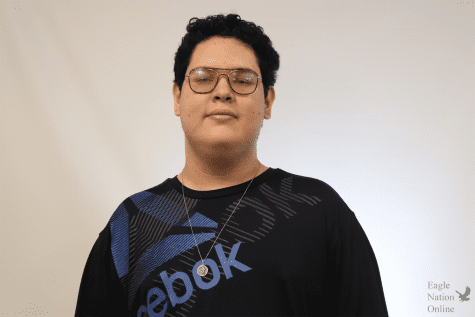
Honors, Experience and Awards:
- Quill & Scroll Honor Society Member
- Former Social Media Co-Director for ENO
- 2 Best of SNO Publications
- 2021 TAJE Honorable Mention Cell Phone Photo - Convention
- TAJE Best in Texas 2022 - Excellent - Story Portfolio
- TAJE Best in Texas 2022 - Excellent - Feature Story
- TAJE Best in Texas 2022 - Honorable Mention - Photo Gallery
- TAJE Story of State - 2nd Place





